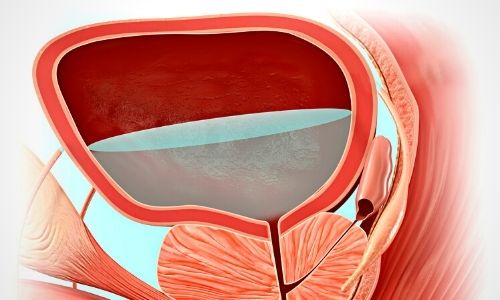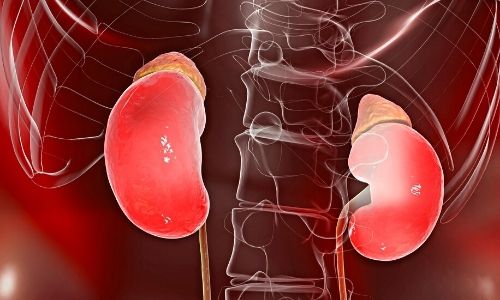Undescended Testicle Diagnostic Methods
Like all other routine controls in newborn babies, testicular control should also be done. Generally, undescended testis can be noticed in this first control. Examination by an experienced specialist is usually sufficient for the diagnosis of undescended testis.
If the testicle cannot be found after the physician's examination, then imaging methods can be used. The most commonly used imaging methods in this area are ultrasound and MR. If the testis is not in the groin or in its place, laparoscopic methods can be used.
How is the diagnosis made?
In general, families express that their child's ovary is empty. When examined by an experienced physician by stroking from the groin to the ovary, it can be noticed whether the testis is in the groin or not.
Ultrasound gives information about the dimensions of the palpable testis in the groin. Manual examination may not always be effective in children who are overweight or cry during examination.
In these cases, ultrasound can give information about the location and dimensions of the testis. MRI or tomography is not recommended for patients who cannot be visualized with ultrasound.
The procedure to be done in such patients is to look into the abdomen with a camera device (laparoscopy) and to try to lower the testicle at the same time if it is detected in the abdomen.
How Is Undescended Testicle Treated?
Under normal conditions, the testis is expected to descend within 1 year at the latest. However, it is recommended to treat the testicles that do not fall into place during this period. The treatment option is surgery.
The ideal age range for this surgery is 6-18 months. The operation is usually performed with a 2-3 cm incision just above the groin. The undescended testicle is found and placed in the ovarian sac. Simultaneous inguinal hernia is usually seen and is repaired during the same procedure.
The treatment of undescended testis is surgery. The testicles, which are palpated in the groin or shown with ultrasound, are released with a small incision made in the groin and placed in their normal place in the ovary. In undescended testicles, there may be an inguinal hernia. The treatment of this inguinal hernia is also done at the same time. The patient can be discharged on the same day or the next day after the procedure. After a few days, he can take a bath and return to his normal activities.
For testicles in the abdomen, laparoscopy is used both in locating the testis and in its treatment.
When Should Undescended Testicle Be Treated?
The ideal age for surgery for children with undescended testicles is 6-18 months. As the age of treatment is delayed, the probability of damage to the testis increases. The testicles remaining in the groin may shrink over time and not function.
What is Shy Testicle?
It is a term used for testicles that go up and down in the groin (retractile testis). When these patients are examined, the testicle easily descends to the egg, but then it can come out on its own. This condition does not require surgery, but periodic control is recommended.


















